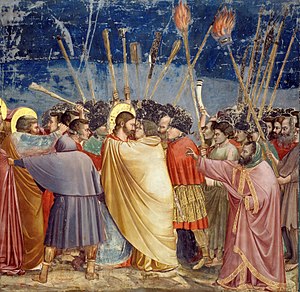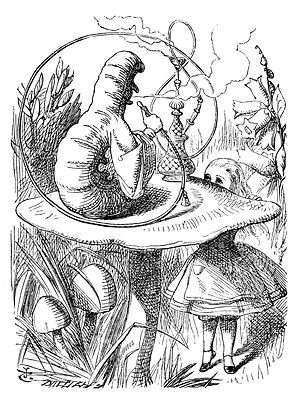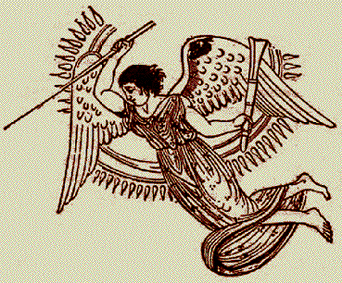
Maurice Casey has explained the motive of Judas Iscariot, his level of literacy, his religious interest, his worship customs before he met Jesus, and along the way has proved the historical factness of Mark’s account of Judas’s betrayal of Jesus. This is all included in Jesus of Nazareth.
Firstly, the key to understanding Judas’s motive lies in understanding his place of origin. Casey begins by explaining that his point is only a “may have been”, but by the time he finishes his explanation all such qualifiers have disappeared.
The last man in Mark’s list is Judas Iscariot. . . . This means that his name was Judah. His epithet [of Kerioth]. . . locates him as a man from a village in the very south of Judaea rather than Galilee. It is accordingly probable that he could speak and read Hebrew as well as Aramaic. His origins may have been fundamental to his decision to hand Jesus over to the chief priests, for he may have been more committed to the conventional running of the Temple than the Galilaean members of the Twelve. (pp. 191-2) Continue reading “The historical truth about Judas Iscariot”










 Continuing from the
Continuing from the 